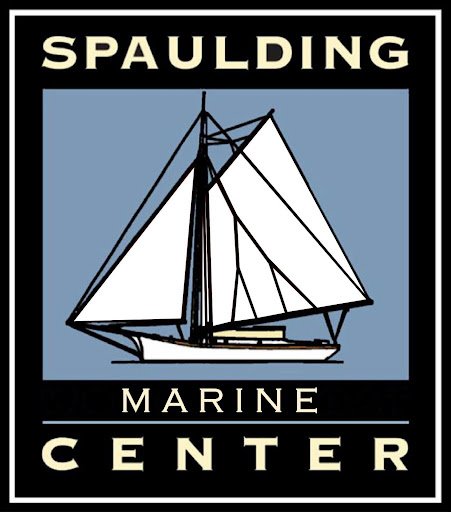Session 1: The Anatomy of a Rig: How It All Works
Saturday, January 10
Learn the foundations of rigging: standing vs. running rigging, evolution of materials from hemp to high-modulus synthetics, and the mechanics of tensioning. Participants will also explore connections, purchases, and hauling systems. A must for anyone who wants to understand what’s really holding their rig together.
Session 2: Techniques: Knots, Whippings, and Splices
Saturday, January 17
Hands-on session covering essential rigging skills: whipping, splicing (3-strand, 8-strand, 12-strand, wire, Dyneema), basic knots, seizings and lashings, and proper handling of lines. Walk away with the confidence to put real-world techniques to use aboard your boat.
Session 3: Inspecting Your Rig – What to Look For
Saturday, January 24
From mast step to masthead, this course teaches you how to assess the health of your rig. Learn what to check on chainplates, tensioning devices, wire and fiber standing rigging, blocks, fittings, and running rigging. Courtney will also cover safe practices for going aloft and inspecting connectors, eyes, and bands.
Session 4: Maintenance Matters: Stepping, Tensioning, Protecting
Saturday, January 31
Rigging needs care, whether it’s traditional tarred hemp or high-tech carbon. This session covers best practices for maintaining both classic and modern rigs, from coatings and finishes to mast stepping and pulling. Learn the history and traditions of rigging upkeep—and why even new materials are not “maintenance free.”
Session 5: Traditional Skills for the Modern Sailor
Saturday, February 7
The final workshop draws everything together, diving into traditional rigging techniques and their modern applications. Participants will leave with a holistic understanding of rigging systems, armed with skills to continue practicing and applying aboard their own vessels.




